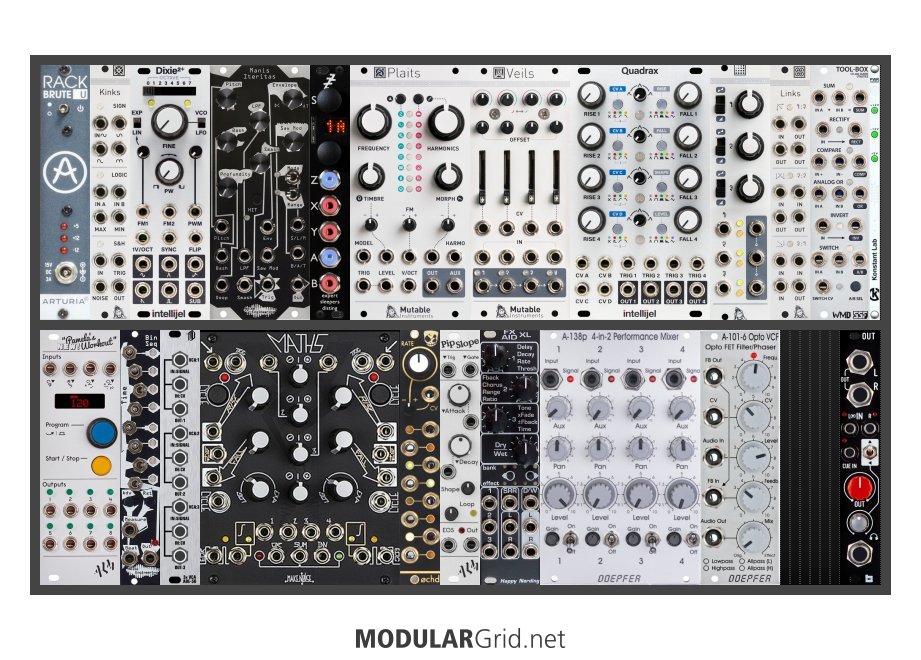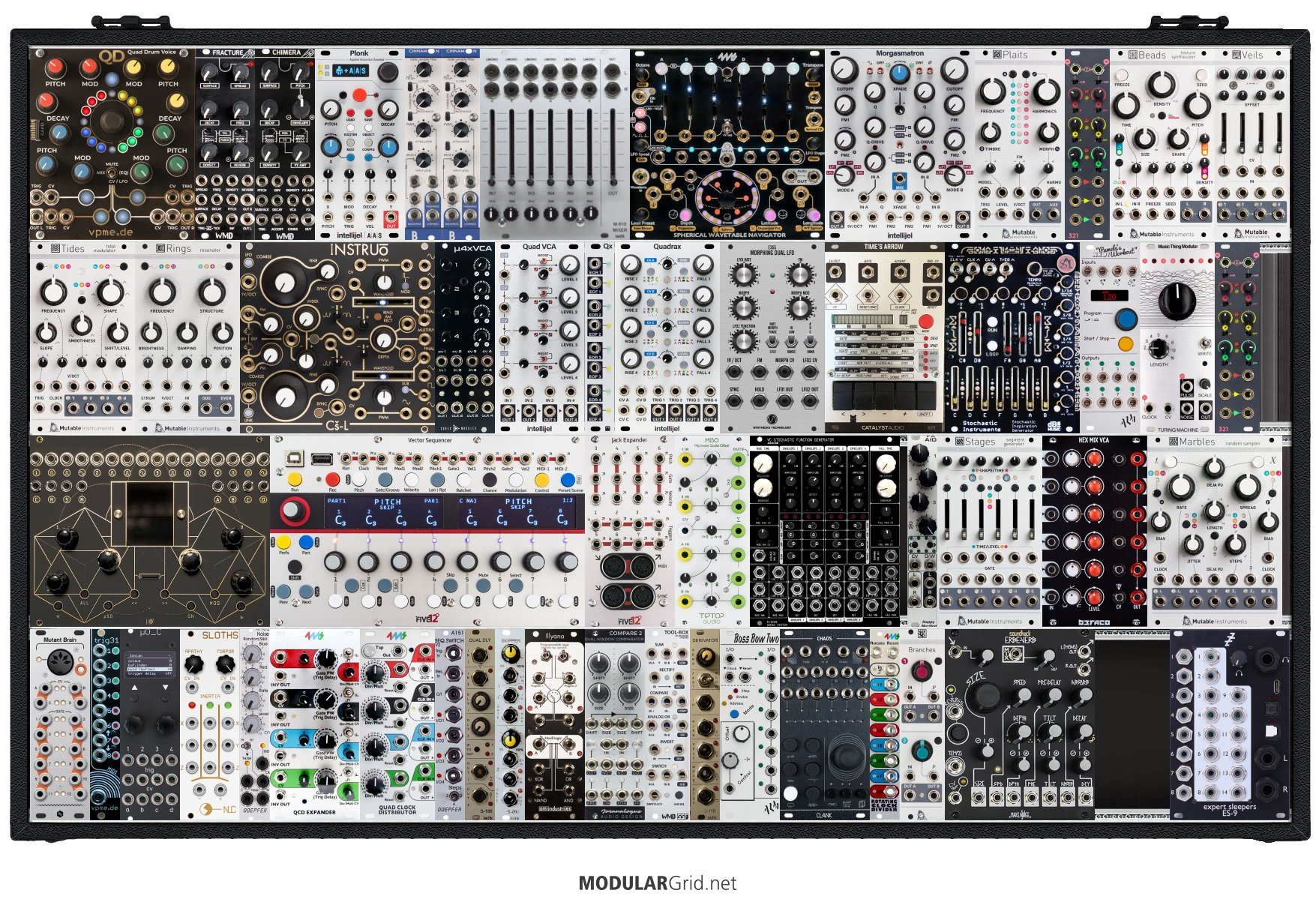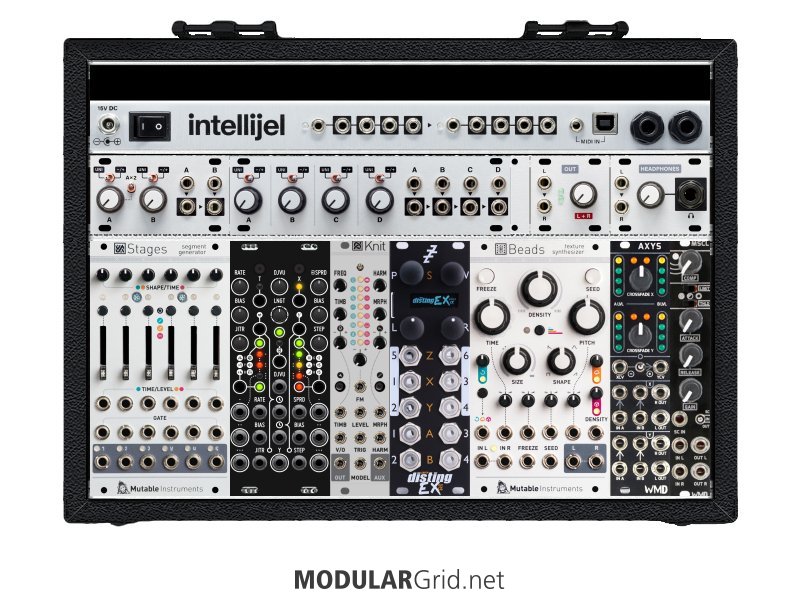Hi Fred and TumeniKnobs,
Thank you both very much :-)
Fred, how shall I put this? About your remark "sounds almost like a ratcheting effect", well indeed, I used tons of ratcheting ;-)
If you are not familiar yet with the Five12, please go to the website and download there the manual of the Vector, you can see what's all possible with it. It took me about two years for searching the perfect sequencer, which I didn't found, though the Vector comes pretty close!
So what I did is I used indeed pretty much ratcheting. The lovely thing of the Vector (Five12) is that you don't have to use this just straight forward, you can use a probability/chance on the ratcheting for example. I also did made some steps a bit longer and others a bit faster to create as much as possible variation into play, so to speak. This is all possible with the Vector, one of the many reasons I love this sequencer!
Me and videos? Well that still might take several years before I am in the right mood to start perhaps making videos. Let me focus first on getting to know more about modular synthesizers (there is so much to discover and "trying to get under control"), and then there are the review reports I write about modules (see my website), so enough stuff to do for the moment.
No, the sequences are fully "automated" and run completely by themselves (that means by Five12 - Vector). But I use chance or probability especially for the percussion part and on some of those ratchets to give it some variation.
The only parameters I did change by hand were:
- Octaves of the main voice only, on the Vector
- Only twice I think it was, I changed the running direction of the main voice from forward to backward and then back to forward (that's why you hear at a certain stage some weird pattern behaviour)
- The (green only) models on the Plaits module
- Changing the Presets on the Vector of both sequences/voices/tracks
The LFOs (Doepfer A-145 and Doepfer A-147-2) I used to CV-control the Timbre and Harmonics parameters on the Plaits module.
TumeniKnobs, It's actually more simple than it sounds. It's really only those two voices (except the percussions) but with a not too slow running sequence of those voices. The ratchets make it sound even faster, which is actually not the case but using quite a bit variation in the sequences, it might give you the impression that it sounds complicated, but if you narrow it down on the configuration of the sequencer itself it's not that bad ;-)
So really, per voice I only use two sequence patterns, called Presets on the Vector. I manually changed them. I start with one, the one that starts directly from the beginning, at about 3:38 I change then to the other pattern on both voices (it's a bit audible) and then again at about 6:26 I change then back to that first pattern I used when I started the track; this time even a lot better audible that I change the Presets manually. If you let the Vector do the change of the Presets you don't hear it, then it goes nice smoothly. But I was too lazy (hence Garfield) to reconfigure the Presets sequence, so I did it manually instead.
The sound (so not the sequence or modulation) variation is done by hand choosing the next (or 2nd next) "green" model on the Plaits module. When it reaches the top one (called "Pair of classic waveforms" in the Plaits manual) you get that kind of weird (but I love it) synthesizer scream-change or whatever you like to call it, like for example at about 0:53 where that sound-behaviour kicks in for the first time; that's done by a slow triangle LFO CV-control of the Harmonics parameter on the Plaits. On the other models it doesn't sound as nice (and as obvious) as with this first green model.
Since I let the Plaits scream away almost the entire time, you don't hear much of the background "strings" caused by the Make Noise - Telharmonic being the second voice, though around 5:43 you can hear the Telharmonic a bit better for a short while before (around 6:04) the Plaits takes over again ;-) In the original track (still to be recorded) I plan that these two voices are a bit better in harmony with each other and give each other more space to be present, hence it will be less hectic and "violent" or noisy (mainly the Plaits should be cooled down a bit).
Okay and I added some effects (quite a bit actually, in the beginning of the track less than near the end), medium delay by the Grand Canyon (Electro-Harmonix), medium reverb (hall type) by the Ventris and a strong chorus & a bit of flanger by the external mixer. But all recorded in "one-go", this was my second take/attempt. No big changes on the DAW, only a slightly volume adjustment of 1 dB per stereo channel more was not possible to avoid clipping and because I didn't use compression.
And that's it, really. Glad you enjoyed it. Kind regards, Garfield.






